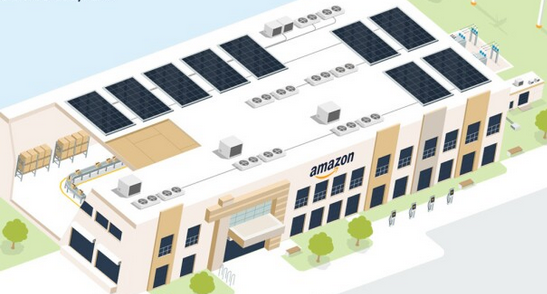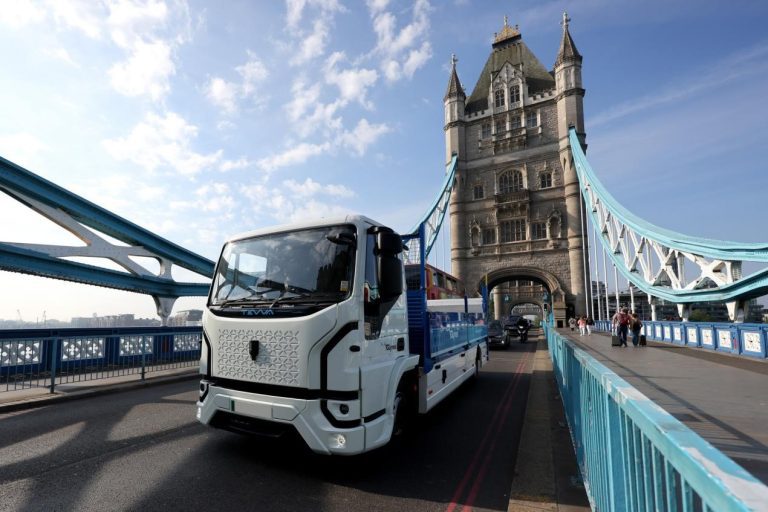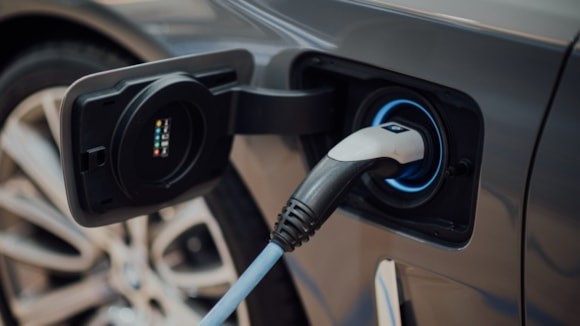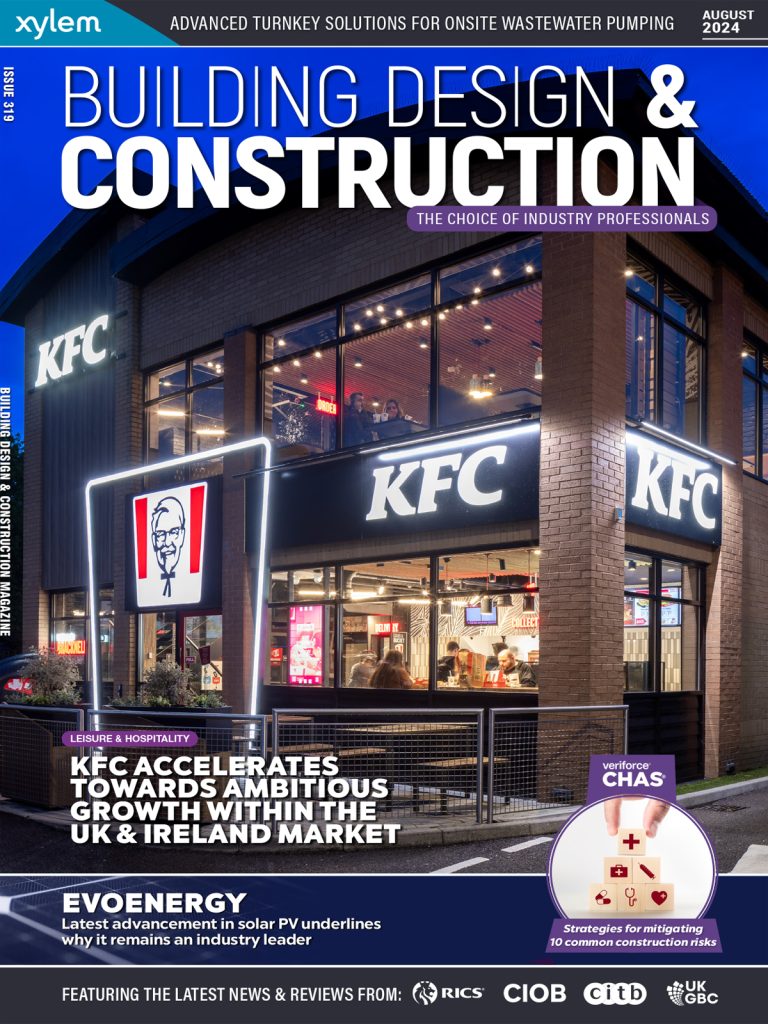Robert Palmer – General Manager, EMR Reusable Steels… Businesses across the construction industry have embarked on a shared mission to embed sustainable practices and ensure the resilience of this vital sector. This is inspiring innovation on multiple fronts, but material selection has emerged as a pivotal tool for architects, engineers, and developers to reduce environmental impact as it can be a relatively quick win, with readily available options. Along with concrete, plastic, and fertiliser; steel is one of the four supporting pillars of today’s society, and a fundamental component of contemporary construction. In response to this sector-wide mission, steelmakers, stockholders, and metal recyclers are all adapting and evolving their offerings to include more sustainable methods of steel production. If this industry transformation is to be successful, everyone needs to understand the benefits and practical applications of each approach. There are currently three main approaches for procuring steel for use in construction projects, each with their own distinct advantages, uses and carbon impacts: 1. REUSABLE STEEL Arguably the best option in terms of carbon and circularity performance, reusable steel is a previously fabricated and installed material which has been harvested from an existing structure and has experienced what can be termed as a “loaded life.” Reusable Steel extends the lifecycle of steel components within their highest level of utility. This post-consumer material boasts an extremely low carbon intensity, as it avoids the energy intensity of the melting processes associated with the production of new steel products. The Environmental Product Declaration (EPD) for EMR’s Reusable Steels reports a carbon intensity of 47 KgCO2e/t, which is 97.5% lower than an average new or surplus steel product. 2. NEW STEEL New steel is produced through either a Blast Furnace-Basic Oxygen Furnace (BF-BOF), or an Electric Arc Furnace (EAF). Both processes can use recycled metal as an input, with the EAF process capable of using up to 100% recycled metal. The addition of recycled metal not only helps to lower the carbon intensity of new steel production, but it also prevents the need to extract primary metals for manufacture. This provides further practical benefits as it is much easier to decarbonise electricity through renewable generation, than it is to capture and sequester carbon from BF-BOF. Depending on the new steel production method and the level of recycled metal input, new steel carbon intensity can range from approximately 2300 KgCO2e/t to 350 KgCO2e/t with a global average of 1910 kgCO2e/t. 3. SURPLUS STEEL Surplus steel includes steel sections which have either been procured for a project, or are no longer suitable stock for stockholders, but have never been used in a structure. Common reasons for surplus steel include project over-ordering, design changes, loss of certification or traceability, minor damage, and project cancellations. The use of these materials is highly resource efficient, presenting an opportunity to avoid buying new production materials. However, as these materials have never been used, they fall into the category of “pre-consumer” and their carbon intensity is the same as new steels i.e. between ~ 2300 KgCO2e/t to 350 KgCO2e/t. The construction industry will need to utilise each of these different steel products as it transitions towards its net-zero targets. It’s important to be clear about, and account for, the relative benefits and carbon intensity of each material, so that the true environmental impact of a project can be calculated. The actual carbon intensity for a specific steel product can be defined by its EPD, providing confidence and clarity for the end user. Integrating all three approaches into construction practices maximises the environmental benefits available to new projects. Reusable steel provides an unparalleled advantage in carbon efficiency. New steel – and particularly new steel with a high recycled content – delivers both carbon savings and efficiency, whilst surplus steel aids in waste reduction. By strategically blending these alternative materials, companies can achieve a balanced approach that aligns cost-effectiveness, resource efficiency and environmental responsibility. Understanding the distinctions between these approaches, especially in terms of carbon, is crucial for making informed decisions in construction projects. Transitioning to lower carbon construction will require a multifaceted approach and collaboration between stakeholders. By leveraging the advantages of each method, we can pave the way for a more sustainable and resilient future for the construction industry. Building, Design & Construction Magazine | The Choice of Industry Professionals

















